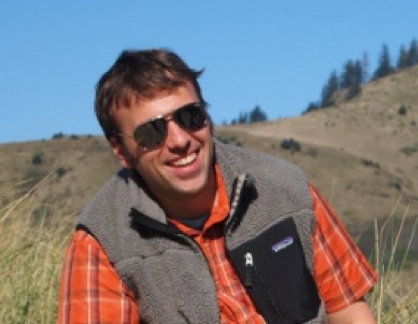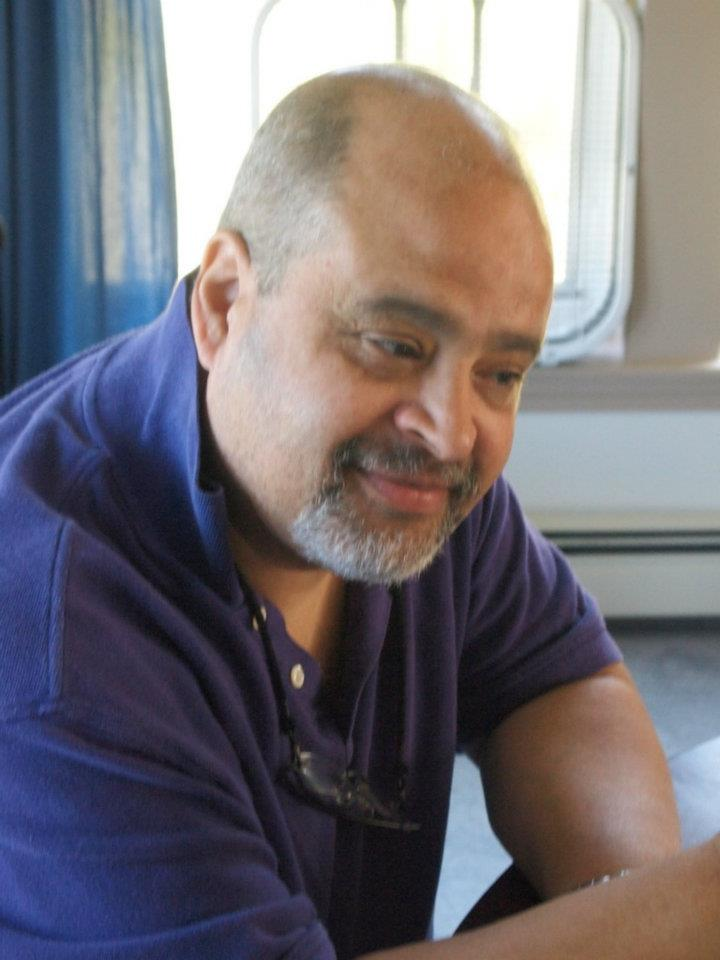LII In the News — This Is What We Do
While it’s not a statistic we actively track, none of us here can remember a time that individual statutes and regulations dominated the list of our most visited pages like they have for the past few weeks. Since January 20th, 8 USC 1182, 1187 & 1152 (all immigration statutes), 50 USC 3021 (National Security Council), and 5 CFR 2635.702 (“Use of public office for private gain”) have all been among our most-visited individual pages. Over the same three weeks of 2016, for example, there were no individual statutes or regs among the thirty most-viewed pages, while all five listed above cracked the top twenty this year.
This is our starting point for an article meant to be the next installment in our occasional series spotlighting how traffic arrives to our site. In May of 2016, for example, we wrote about hyperlinks from news websites. In October, we put the spotlight on social media. So, what’s new this time?
Whether it’s presenting the statutes and regs, explaining legal concepts in Wex, or writing about the Supreme Court in our Bulletin Previews or over on our Oyez website, we always strive to be viewpoint neutral above all else. We want to be the place where folks of any political stripe–or with no stripes whatsoever–can come and read what the law actually says for themselves. And for the past few weeks, that is exactly what’s been happening.
On these sections of primary law in particular, we’ve seen on balance a lower percentage of traffic coming to us from search engines and a higher percentage from social media and other web traffic. Sure, there’s the New York Times, the Washington Post, Business Insider, and US News in the normal spots as high-volume referrers of traffic. And we always see a lot of links (and traffic) from Slate.com and Huffingtonpost.com. But, in those same materials during the same time, there is an awful lot of traffic from Fox News, The National Review, Theblaze.com, and Theconservativetreehouse.com. For folks who are unfamiliar with and unlikely to visit some of those sites, we’re also seeing traffic from Palmerreport.com, Occupydemocrats.com, and Thinkprogress.org.
We see that and we think we’re doing something right. (A lot of things, actually, but we’re trying to stay humble.) People (A LOT of people)–regardless of how they think or how they vote–are reading about laws discussed on their favorite news websites and coming straight from there to our website to read those law for themselves. We think that’s good. We think that’s important. We love that you do, too, and that you support us in our efforts.
Lastly, no discussion of recent hyperlinks is complete without noting that some of our Bulletin Preview students were particularly excited to see this snarky shout-out to us as a “super untrustworthy source” on GQ’s website. On one hand, the 181 referred users coming from that link would otherwise be insufficient to warrant mention in this article. On the other hand, we feel we should mention it because we always assumed our Dean would make Gentleman’s Quarterly before we did. 🙂



 The LII served over 30 million unique visitors last year, but back in 1992 that number was a lot smaller. Paul Manson, now a researcher at Portland State University’s Center for Public Service, is one of a few who has read our publications from the very beginning. When he recently showed his appreciation by making a donation, we were curious to know more about what he does and why he has found the LII useful these 25 years. So we asked him!
The LII served over 30 million unique visitors last year, but back in 1992 that number was a lot smaller. Paul Manson, now a researcher at Portland State University’s Center for Public Service, is one of a few who has read our publications from the very beginning. When he recently showed his appreciation by making a donation, we were curious to know more about what he does and why he has found the LII useful these 25 years. So we asked him! The first words Brian Hughes ever said to me were, “Hello, I’m Brian Hughes”. He was starting work on a project I was doing with the Harvard Law School Library. He has greeted me that way every time I’ve seen him, for nearly two decades. I later found out from his wife that those are the first words she hears from him each and every morning.
The first words Brian Hughes ever said to me were, “Hello, I’m Brian Hughes”. He was starting work on a project I was doing with the Harvard Law School Library. He has greeted me that way every time I’ve seen him, for nearly two decades. I later found out from his wife that those are the first words she hears from him each and every morning.